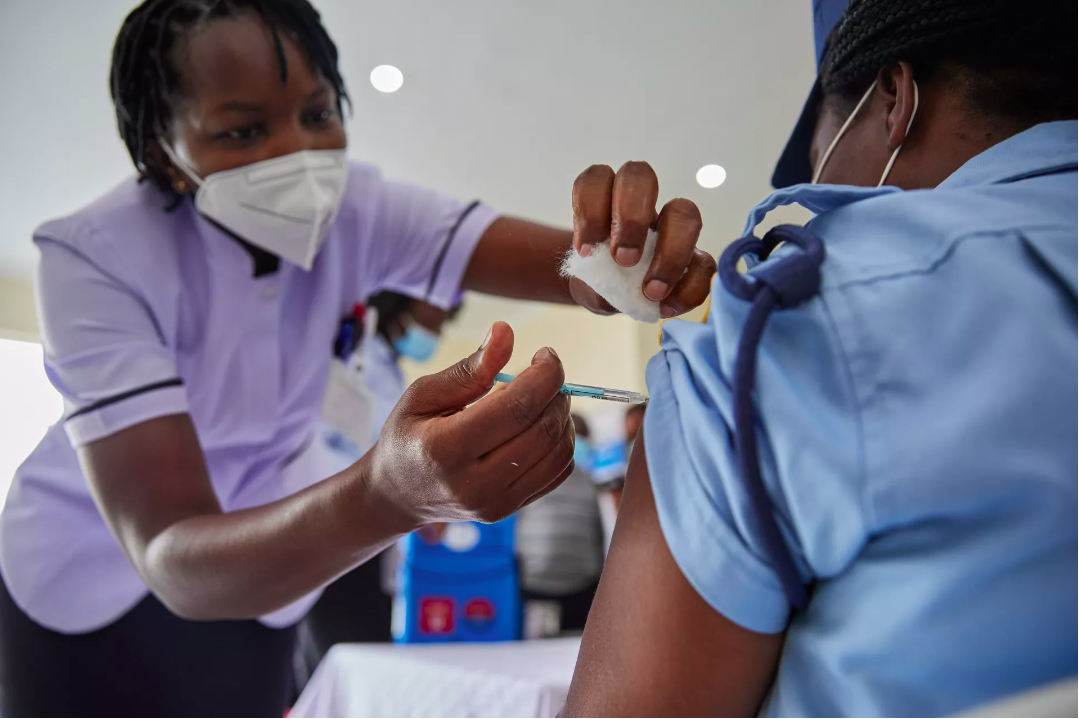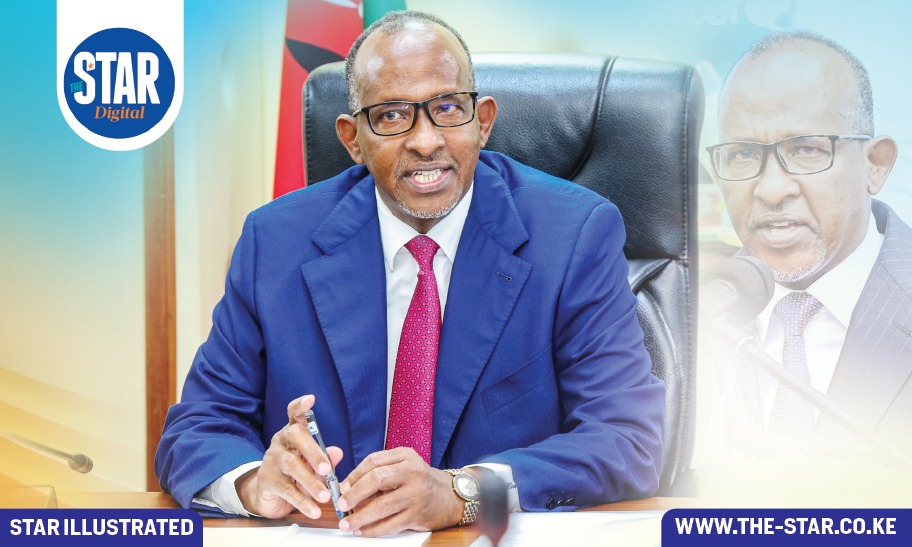 The agreement
follows years of negotiations sparked by the devastating impact of Covid-19, where rich nations bought and hoarded nearly all available vaccine
doses.
The agreement
follows years of negotiations sparked by the devastating impact of Covid-19, where rich nations bought and hoarded nearly all available vaccine
doses.
Kenya was among the 124 nations that on Tuesday voted to adopt the main text of a legally binding World Health Organization (WHO) Pandemic Agreement aimed at preventing, preparing for, and responding to future pandemics.
The agreement
follows years of negotiations sparked by the devastating impact of Covid-19, where rich nations bought and hoarded nearly all available vaccine
doses.
Kenya, which was part of the original group of countries calling for the treaty in 2021, said it is committed to the treaty. “This agreement will ensure that our children and their children are better prepared for future public health emergencies,” Health CS Aden Duale said on Monday.
The treaty
will come into force after 60 countries ratify it. Below is a Q&A
explaining what the treaty says, how it works, and what it means for Kenya and
the rest of the world.
What exactly has been adopted?
It also seeks to strengthen local
health systems so they can handle future pandemics; and support
research and development for new medical tools. The goal is to avoid the
mistakes of Covid-19, where some countries were left behind.
Does Kenya support the treaty?
Yes. President Uhuru Kenyatta was among leaders who endorsed the idea of a pandemic treaty in 2021, and Kenya spoke for the African Region in negotiations.
On Monday, Health CS Aden Duale said in Geneva that
Kenya supports the final document.
What does the treaty say?
The treaty is made up of many parts. Here are the key ones:
1. Fair access to vaccines and medicines: Countries must work together to make and share vaccines, tests, and treatments. Rich countries should support production in poorer ones.
2. Pathogen access & benefit-sharing: The treaty creates a WHO Pathogen Access and Benefit-Sharing (PABS) System, a multilateral framework for rapid sharing of virus samples/sequences and, on an equal footing, the timely sharing of benefits (monetary or non-monetary) arising from their use.
3.
Stockpile sharing: Countries must agree not to hoard medical
supplies and should set aside a portion to help others.
Does the treaty
commit pharmaceutical companies to share vaccines or drugs formulas during pandemics?
Article 11 (Access to Technology and Know-How) calls on countries to encourage holders of patents, trade secrets, and know-how (which includes pharmaceutical companies) to voluntarily share that information, particularly for public health purposes during a pandemic.
The text recognises the importance of protecting intellectual property rights, but
balances that with public health objectives, mostly through voluntary cooperation and government-led incentives.
What has Kenya said about the treaty?
In Kenya’s national statement at the WHO Assembly, Health CS Aden Duale said: “Kenya calls for the rapid adoption of this treaty and the swift but precise completion of the drafting of the Pathogen Access and Benefit Sharing (PABS) annex that will see developing countries benefit from technology transfer and sharing of know-how.”
 Health CS Aden Duale represented Kenya at the World Health Assembly this week.
Health CS Aden Duale represented Kenya at the World Health Assembly this week.
What is the Pathogen Access and Benefit-Sharing system (PABS)?
PABS is the most contentious part of the treaty. PABS obligates countries to quickly share virus samples (and sequence data) with global repositories, and in return ensures fair allocation of the rewards (including vaccines, diagnostics, treatments, technology, or funds) that come from using those samples. However, PABS text is not yet fully developed due to disagreements between countries, particularly regarding equity in benefit-sharing.
Some rich countries
fear it will limit their control over the distribution of
health products. There’s working group which is supposed to conclude talks by next year’s World Health Assembly (May 2026).
Will the treaty be
legally binding?
Yes, but only for countries that choose to sign and ratify it. Although 124 countries voted to adopt the agreement, each country must still approve it through its own legal process. Once 60 countries approve, the treaty will officially start. Countries that do not sign will not be bound by it. However, the full treaty is not yet open for signature and won't be until the PABS issue is resolved. So countries can only sign and approve the full treaty from May 2026.
How will the WHO or the Conference of the Parties (COP) ensure countries adhere to the treaty?
The treaty does not give WHO or the COP power to punish countries that don’t follow the rules. Instead, they will use other methods to encourage compliance.
For instance, countries will have to report on what they are doing to meet the treaty goals. The COP will review these reports and offer advice or support if needed.
Also, WHO will help countries by giving training, information, and technical assistance.
The idea is
to build trust and cooperation, not to punish countries. This means that while
there are expectations, it relies more on partnership and peer pressure than
legal enforcement.
Why is the US not part of the treaty?
The US was a major player in the negotiations until recently. The country dropped out after President Donald Trump announced in January that his administration would withdraw the country from WHO.











